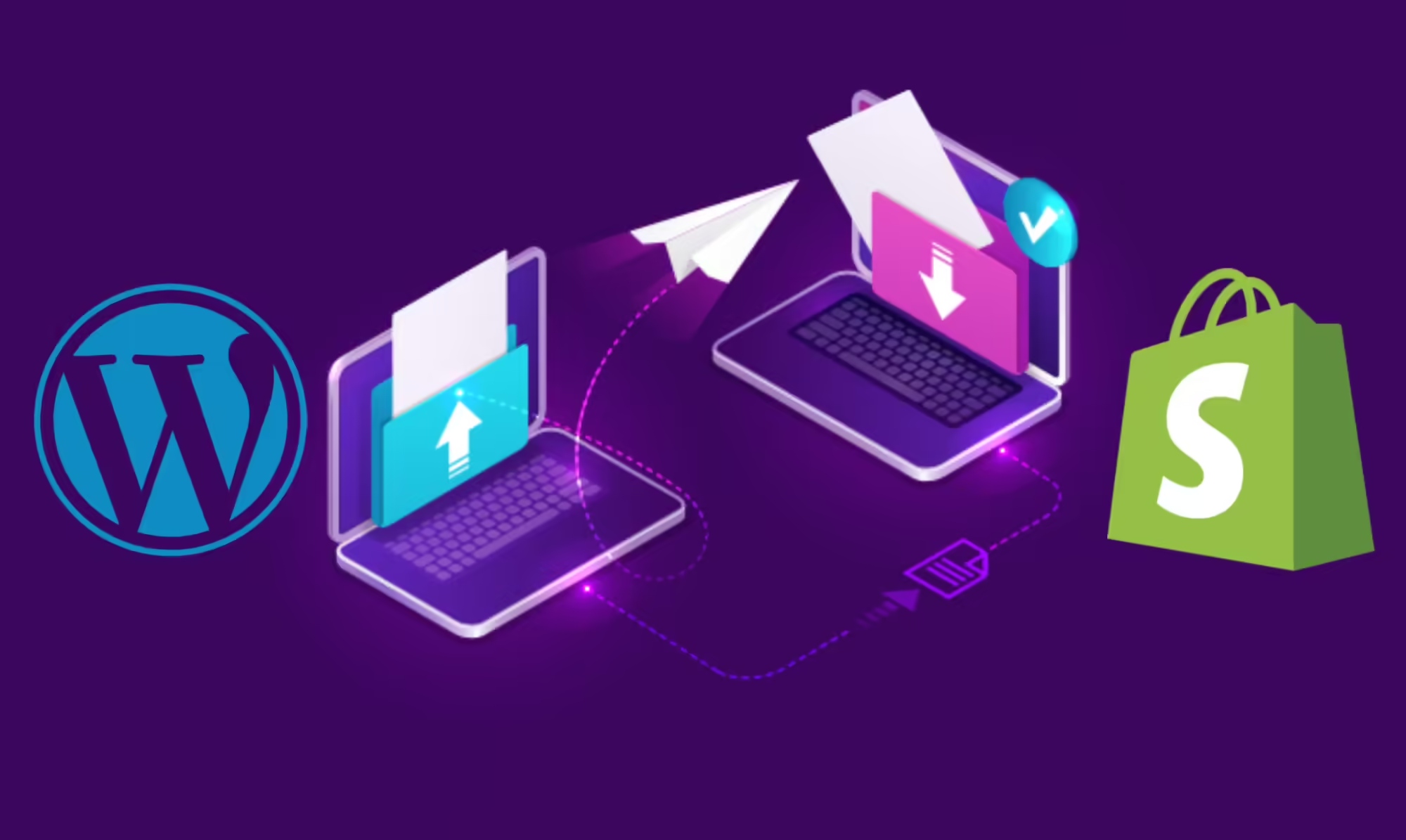
With e-commerce platforms gaining momentum worldwide, it makes sense to know what e-commerce integration is and its entailments. In a nutshell, it refers to the synchronization between an e-commerce website and the ERP system. When executed properly, it can lead to cost savings, easy scaling, and enhanced customer experiences. It is important to note that e-commerce integration is most optimal when supported by the two-way and real-time data flow. This involves back-end product sales and front-end inventory management. Let’s dive deep into e-commerce integration and its considerations in this post. Here we provide a detailed essential guide to e-Commerce integration.
Table of Contents
Post
With a growing number of merchants and shoppers turning to e-commerce platforms to sell and buy, e-retailers need a system that helps them organize, manage, and maintain data/records accurately across several business systems.
E-commerce integration offers credible solutions to growing online businesses in this regard. In fact, integration solutions are becoming vital to the growth and expansion of e-commerce businesses.
What Is E-Commerce Integration?
E-commerce, or electronic commerce, is an industry where buying and selling products take place over electronic systems/devices connected through the internet.
Integration is the process of configuring, linking, or connecting two or more business systems so that data can be transferred back and forth bi-directionally without human intervention.
In this context, e-commerce integration implies the real-time coordination between a business’s e-commerce site and the back-end accounting and inventory (ERP) system. When integration takes place, the flow of information between the two systems begins bi-directionally. This implies that the data needs to be entered only once and in one system.
The data entered results in the automatic updating of different functions. For example, the inventory levels get updated across systems and platforms every time a product is sold on your e-commerce website or when products are stocked in the warehouse and added to inventory.
Many businesses integrate both systems fully to make prices and inventory information available to customers and employees in real-time. This proves advantageous during peak demand seasons as the need to hire additional staff to handle the increased volumes is abated.
In order to understand e-commerce integration better, it is important to know about the common concepts involved in the process:
Enterprise Resource Planning
Enterprise Resource Planning or ERP is a process that enables businesses to manage and integrate their key operations. ERP management systems can be commonly found in the form of an accounting program that monitors and maintains functions such as finance, sales and marketing, planning, purchasing, inventory, and more.
In the e-commerce realm, ERP is used to describe the back-end accounting system integrated with e-commerce websites, CRM applications, or trading partners. Popular ERP systems include NetSuite, SAP, and QuickBooks.
Customer Relationship Management
Customer Relationship Management or CRM includes all the strategies, actions, and technologies that businesses employ to enhance their customer relationships, thereby driving sales growth.
In the context of e-commerce integration, CRM is used to describe business systems used by vendors to boost their business. Popular CRM systems include Salesforce and Microsoft Dynamics.
XML Format
developers use eXtensible Markup Language or XML to encode documents in a language that humans and machines can decipher.
Concerning e-commerce integration, XML refers to the format of data exchanged between business systems that cannot interact with each other in the original data format.
Why Your Business Needs E-Commerce Integration
Mentioned ahead a few reasons why your business may need integration:
- Your business is growing. This means you’re receiving a large number of orders, leading to increased data entry. Manual order taking and data entry can become difficult once the orders start multiplying. However, you need not worry about this concern with e-commerce integration.
- Manual data entry is taking up most of your time, making it extremely difficult to scale your e-commerce business. Automating this process will allow you to focus on more strategic tasks.
- You’re having a hard time keeping track of your inventory levels, product shipments, and order history.Having a better system to manage these tasks will help you stay on top of your sales functions.
- Due to increased manual data entry, your orders are piling up. They are waiting to be processed, and shipping is delayed. You can speed up order processing and shipping with proper e-commerce integration.
- You want to save the cost of hiring someone for data entry. Automation helps you do exactly this.
- You’re never sure about your inventory levels. You fear your records do not reflect the accurate levels of stock. With an automated process, your inventory levels will be updated in real-time, giving you the correct picture every time a sale occurs.
- The lack of fast-paced order-related services by you attracts expensive and frequent penalties from e-commerce platforms such as Amazon and eBay. Protect yourself from these unnecessary fines and expenses with the help of the necessary e-commerce integrations.
- The above factors are resulting in below-average customer experiences, causing you to lose business. Further, your business is getting poor customer reviews due to your slow service and erroneous order processing. Keep your customers happy and delighted by providing them with quick and error-free services.
Data Involved in the Integration
Proper e-commerce integration can help you solve the above problems and manage your growing order volume. By synchronizing certain data touchpoints, you should be able to resolve your order entry issues.
In e-commerce integration, a touchpoint is a specific data category that is automated through data flow automation. Some common touchpoints in e-commerce integration include, but aren’t limited to:
- Inbound sales orders from an e-commerce platform into ERP.
- Outbound inventory capacities from ERP to an e-commerce platform.
- Outbound shipping particulars from ERP to an e-commerce platform.
- Outbound product information from ERP to an e-commerce platform.
- Inbound purchase order receipt.
- Outbound invoice.
- Vendor invoice.
- Purchase order export.
- Outbound advanced shipping notice (ASN).
- Inbound customer update.
- Inbound product update.
- Outbound sales order change acknowledgment.
- Outbound warehouse receiving advice.
- Other touchpoints are based on customizations and preferences.
Best Practices for E-Commerce Integration
Here are a few best practices to be mindful of for smooth e-commerce integration.
- Exercise caution and set realistic timelines, budgets, and expectations. If you’re careless in this, you will end up multiplying your costs.
- Have a single point of contact in place to supervise the project. This person should:
- Manage the data being used in your integration solution.
- Be given admin-level access to business systems that are involved in the integration.
- Be easily accessible to answer critical queries throughout the process.
- Update your business systems and clean up your data before the integration begins rather than when you’re in the middle of it. This involves:
- Removing duplicate customers and unnecessary fields.
- Rectifying inaccurate data.
- Completing unfinished data.
- Updating CRM applications and ERP systems.
- Adding accounting SKU in an extra field for each product to reduce the number of translations.
- Matching selling units of measure with stocking-keeping units of measure.
- Understand the various touchpoints involve. Choose those that are critical to your processes.
- Be open to working with outside vendors and solution providers to manage your fully automated, bi-directional data integration solution on your behalf. Doing so may help you serve your customers better. However, if you or someone in your company is a coding expert, you can develop your own solutions.
- Refrain from making your e-commerce website go live immediately after the integration. Dedicate some time and resources to adequate testing to avoid data-flow issues that may result in disgruntled customers.
- Take your time when catering to unique requirements and customizations. Including special integration, needs will need extra testing cycles.
Conclusion
E-commerce integration is a boon for any growing organization. It essentially helps mitigate the challenges thrown up by attempts to maintain precise records on multiple business systems. It, therefore, makes sense for customer-focused organizations to make this solution an integral part of their business’s development and expansion plans.













